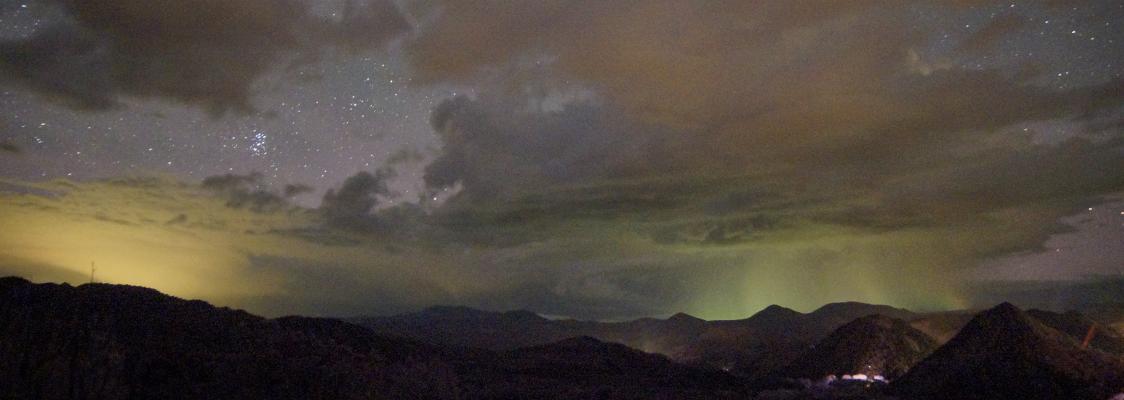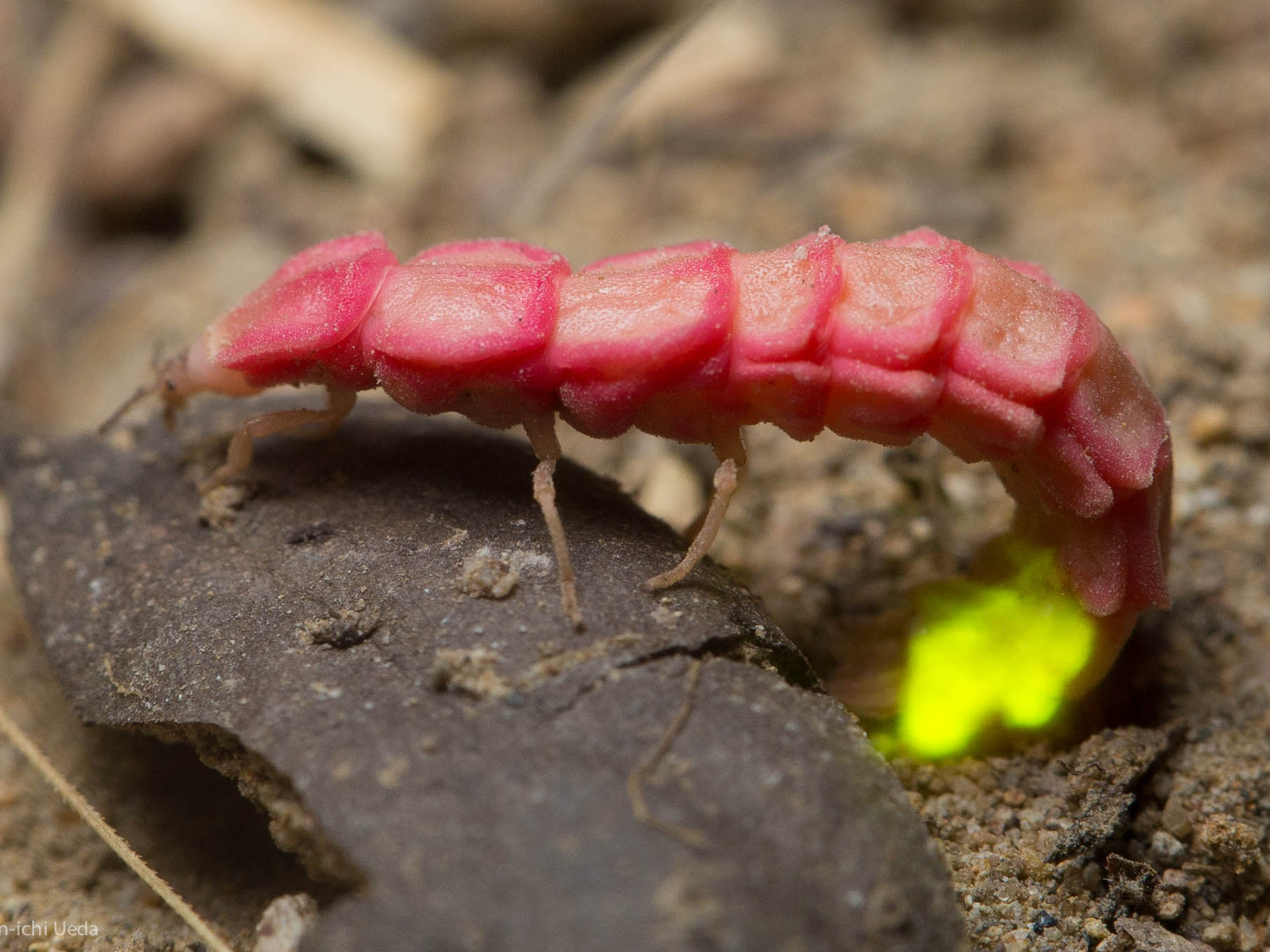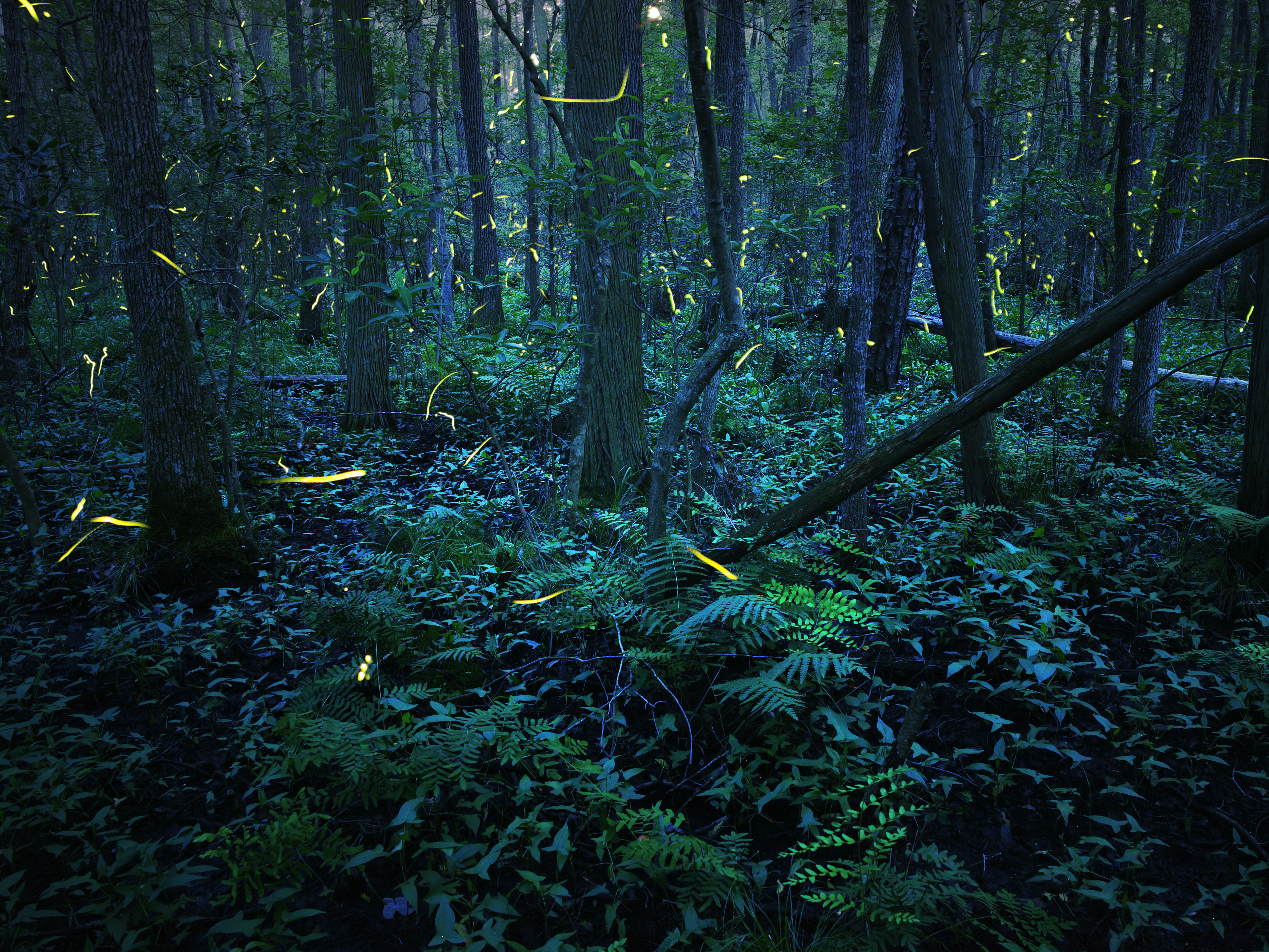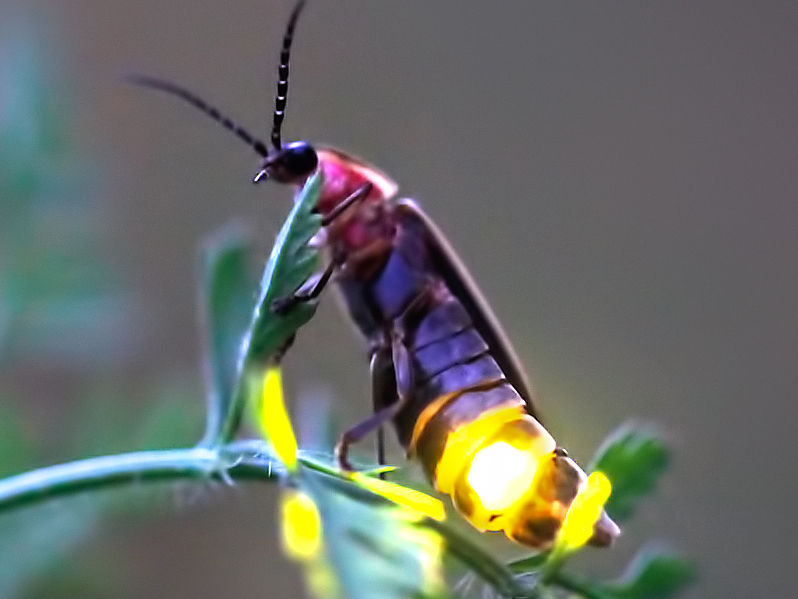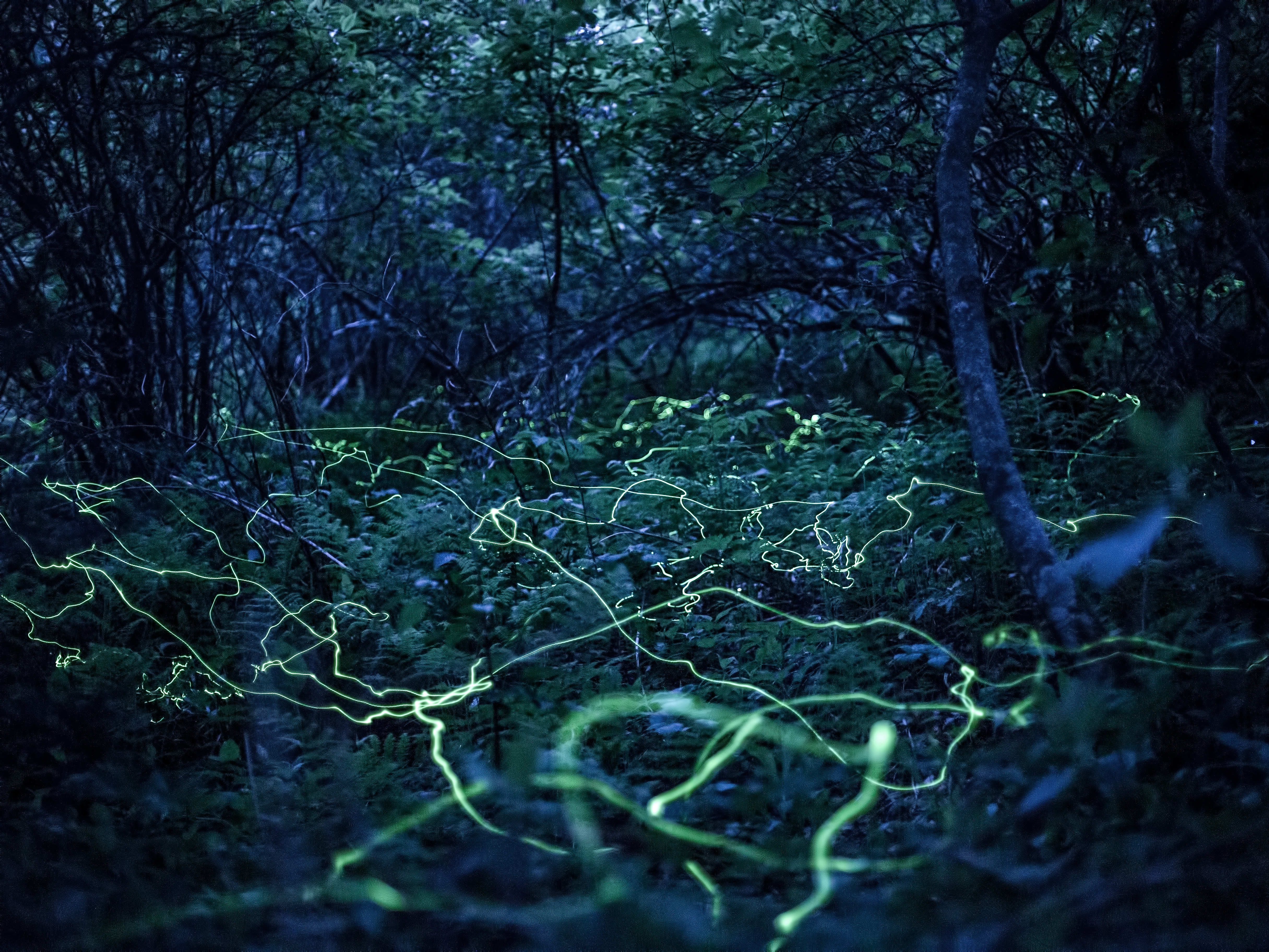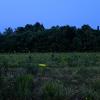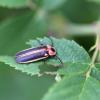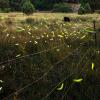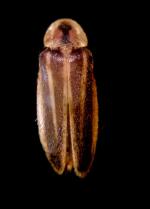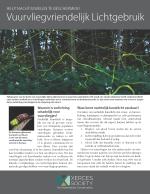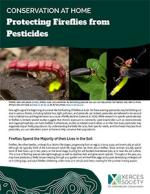
Habitat Degradation and Loss
Residential development in the Bethany Beach firefly’s rare wetland habitat has decimated the largest known population of this threatened species.
(Photo: Emily May)
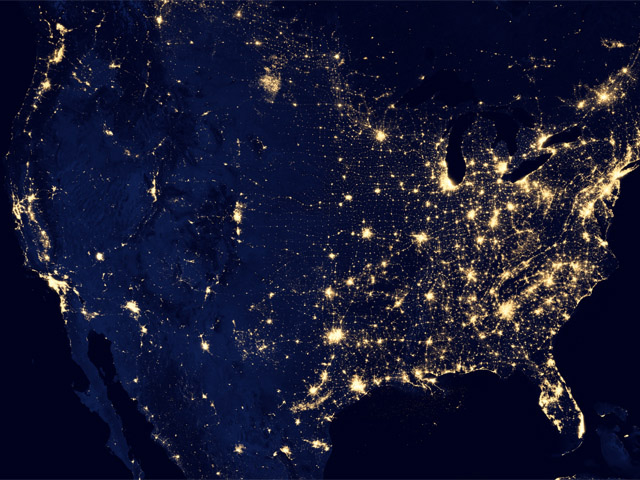
Light Pollution
The night sky is becoming increasingly brighter as human populations grow.
(NASA Earth Observatory image by Robert Simmon; Suomi NPP VIIRS data courtesy of Chris Elvidge, NOAA National Geophysical Data Center)
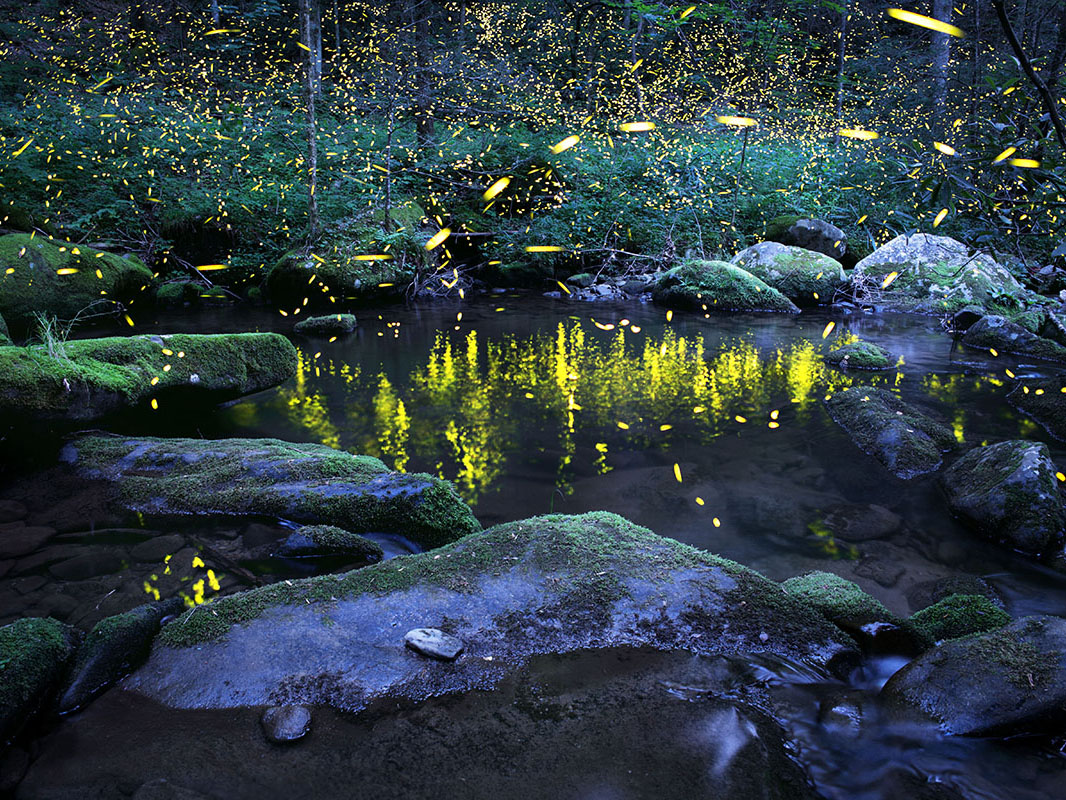
Pesticide Use
Synchronous fireflies, Photinus carolinus, in North Carolina’s Great Smoky Mountains National Park. Fireflies can be exposed to pesticides in a variety of ways—via direct applications to their habitat, runoff from agricultural or ornamental applications, or consumption of contaminated prey. Their reliance on moist habitats means they are vulnerable to pesticides moving through water.
(Photo: Radim Schreiber, fireflyexperience.org)
The main threats to firefly populations worldwide include habitat degradation and loss, light pollution, pesticide use, poor water quality, climate change, invasive species, and over-collection. In the United States and Canada, habitat loss and degradation, light pollution, and climate change (in particular, associated drought and sea level rise) appear to be some of the primary drivers of decline. Pesticide use is suspected to play a major role as well.
Habitat Degradation and Loss and Climate Change
Most firefly species—and their prey—depend on moist habitats, including wetlands, streams, and damp fields. Modification of aquatic habitats, such as dams and channelized irrigation ditches, can negatively affect firefly populations. Climate change associated drought, disruption of natural water flows, and diminishing water tables may be issues for species in arid areas of the West. In more urbanized areas, residential development and loss of leaf-litter habitat required during larval life stages is also a concern. Species that live in coastal areas are increasingly at risk due to sea level rise and increased storm surge associated with climate change. Habitat loss can be especially detrimental for species with flightless females, as these females cannot disperse far beyond their natal sites. Flightless females and larvae are also at higher risk of physical crushing.
Light Pollution
Light pollution comes in several forms, including skyglow (glowing haze over highly populated areas), light trespass (light that reaches beyond intended or needed area), and glare (light that excessively illuminates areas or objects). This pollution can be caused by street and house lights, vehicle headlights, billboards, and even gas flares from oil fields. All sources of artificial light at night, or ALAN for short, have the potential to drive declines in firefly populations. Unfortunately for fireflies and other affected species, including humans, night sky brightness worldwide is only continuing to increase in both intensity and extent. More than three-quarters of firefly species in the United States and Canada are nocturnal or crepuscular (active at dusk), and these species use light of their own making to communicate. Growing evidence shows that artificial light from street lamps, residences, and other sources may obscure natural firefly bioluminescence, with potentially catastrophic outcomes for species that depend on these signals to find mates or ward off predators.
Pesticide Use
While there is very little research on the direct effects of pesticides on fireflies, their vulnerability can be assessed from research on similar species and firefly prey, as well as observations from firefly researchers. Since most species spend the majority of their lives as larvae consuming earthworms, slugs, and snails, pesticide impacts on these food sources are likely to have negative consequences for fireflies. Herbicides also have the potential to indirectly affect firefly populations by eliminating vegetation needed for shelter, forage, overwintering, and mating. Larvae and flightless adult females are likely the most vulnerable to pesticides because they are relatively immobile and unable to disperse away from treated sites. Learn more about reducing pesticide impacts in aquatic ecosystems here.
Regardless of the specific reasons for their decline, researchers agree that protecting, restoring, and enhancing firefly habitat is one of the best ways to conserve their populations. In addition, collecting baseline data on firefly populations and distributions will contribute to a better understanding of their conservation status. In light of this, Xerces has adopted several key strategies to conserve fireflies.
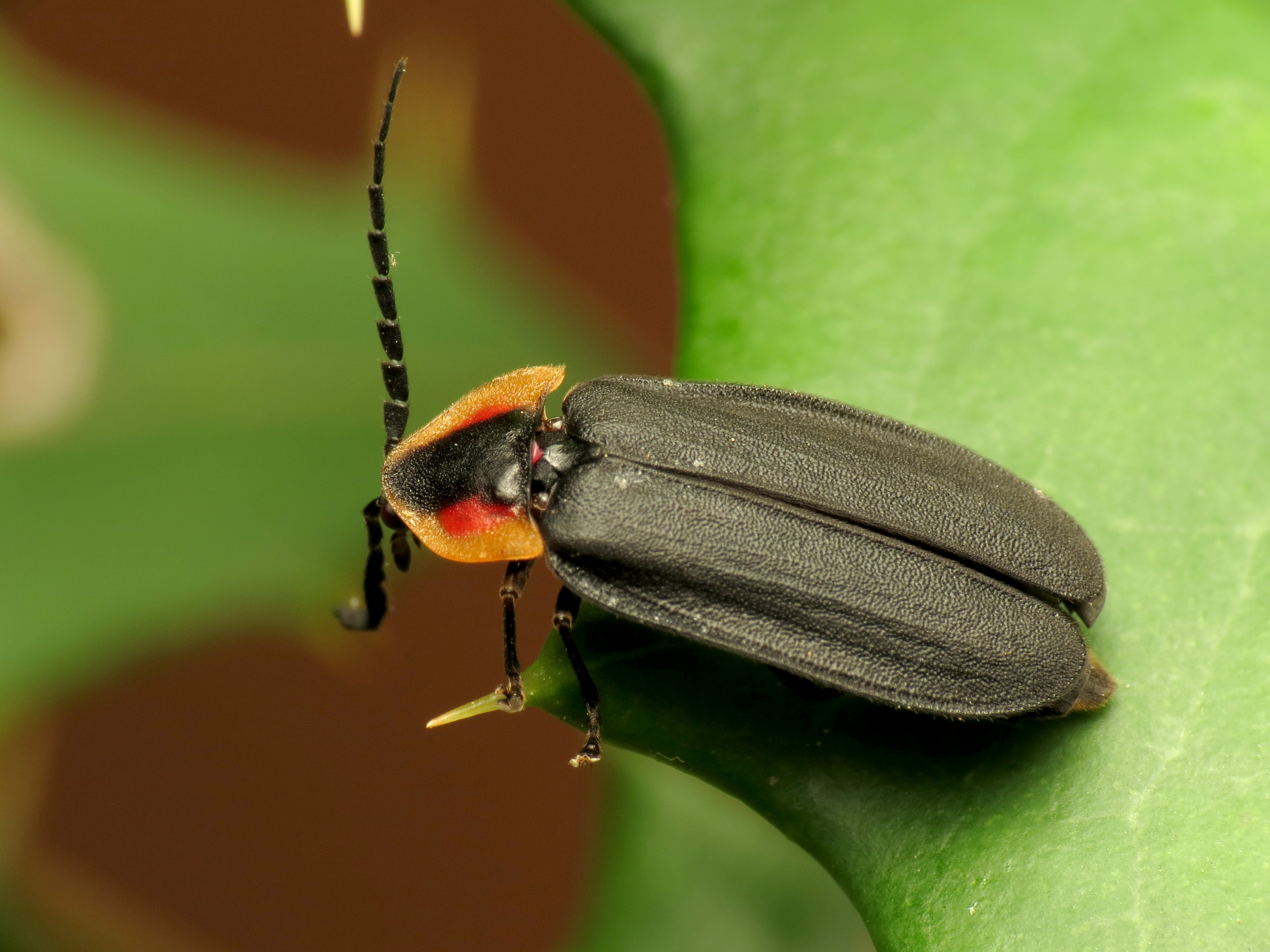
Filling in Critical Data Gaps
By launching a Firefly Atlas, which will help us better understand species distributions, phenologies, habitat associations, and threats.
(Photo: Katja Schulz / Flickr Creative Commons 2.0)
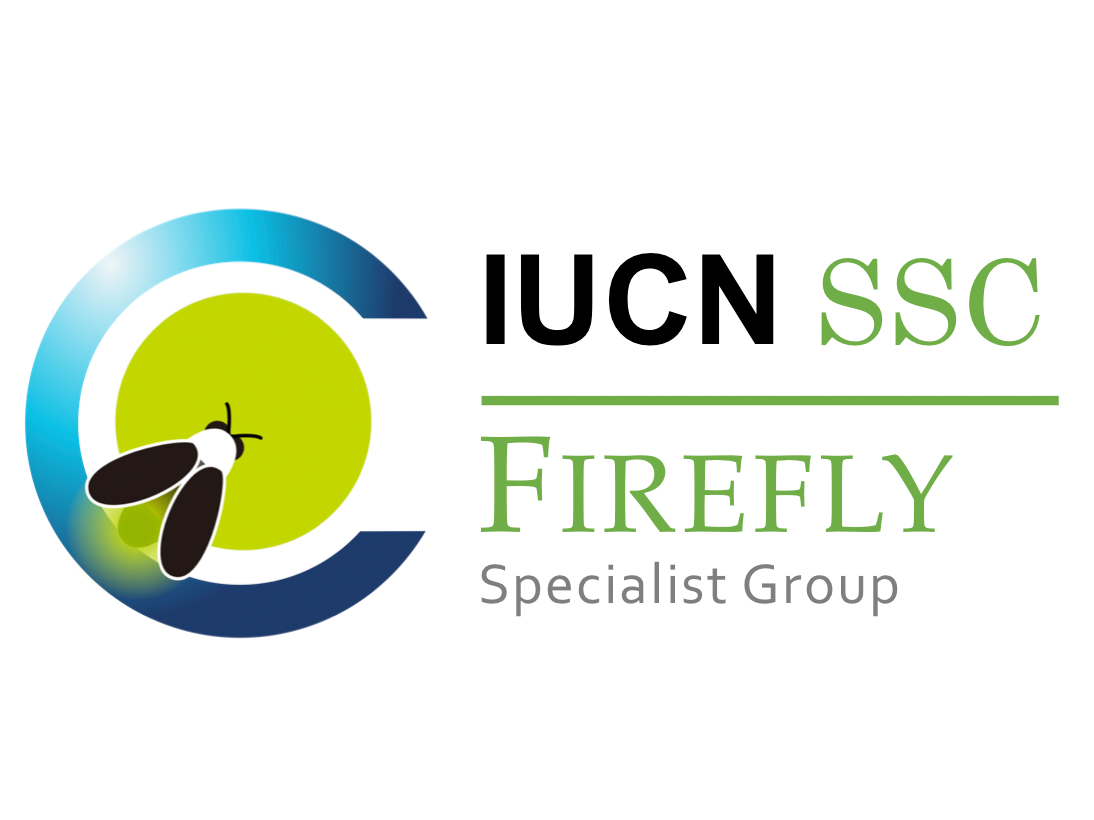
Evaluating Species Conservation Statuses & and Extinction Risk
By working with the IUCN Firefly Specialist Group and NatureServe to evaluate the conservation status of every firefly species in the United States and Canada.
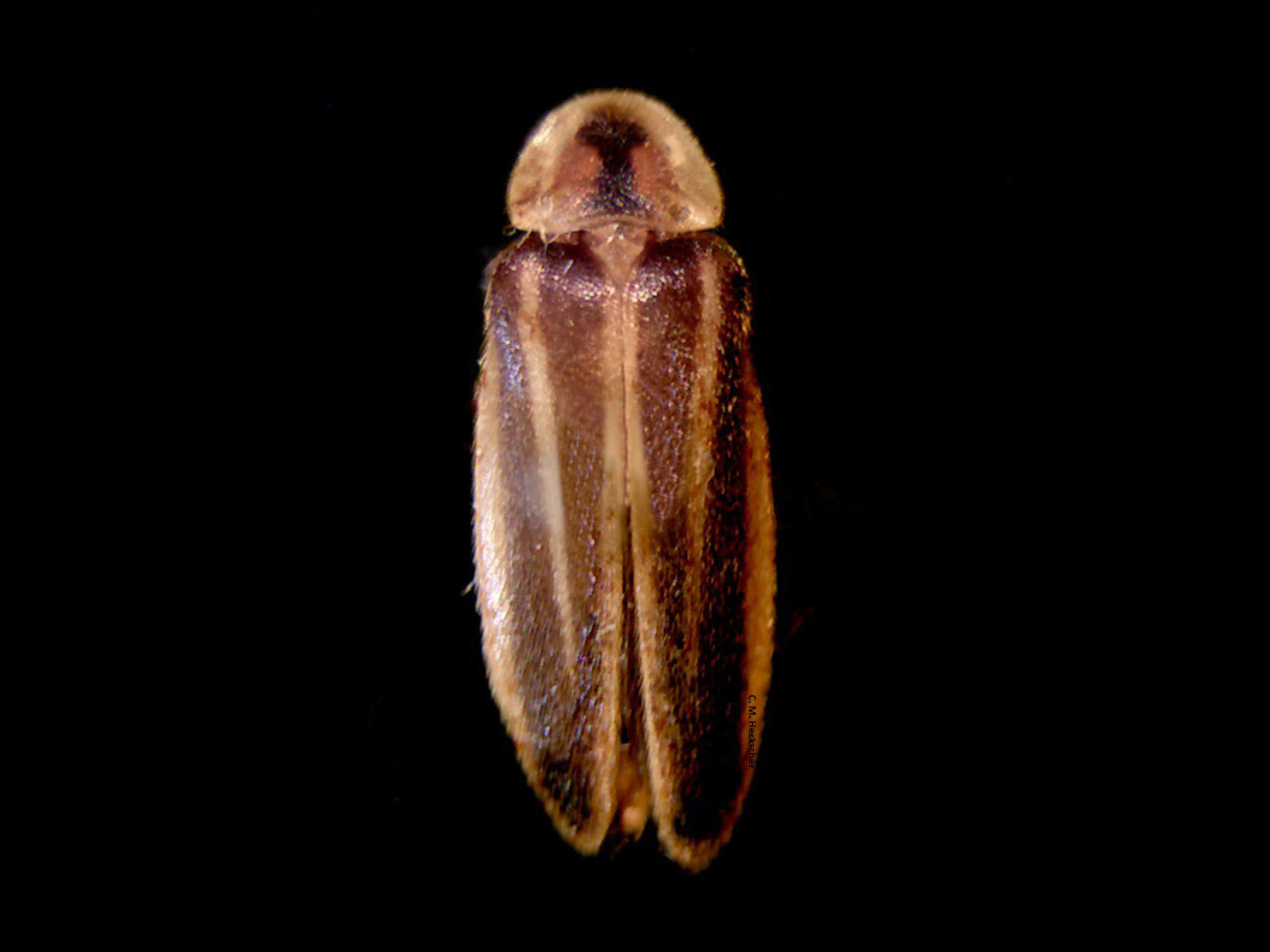
Advocating for Species At Risk
By persuing ESA protections for highly imperiled species such as the Bethany Beach firefly, which is known from only a few sites along the Atlantic Coast in Delaware.
(Photo: Christopher Heckscher)
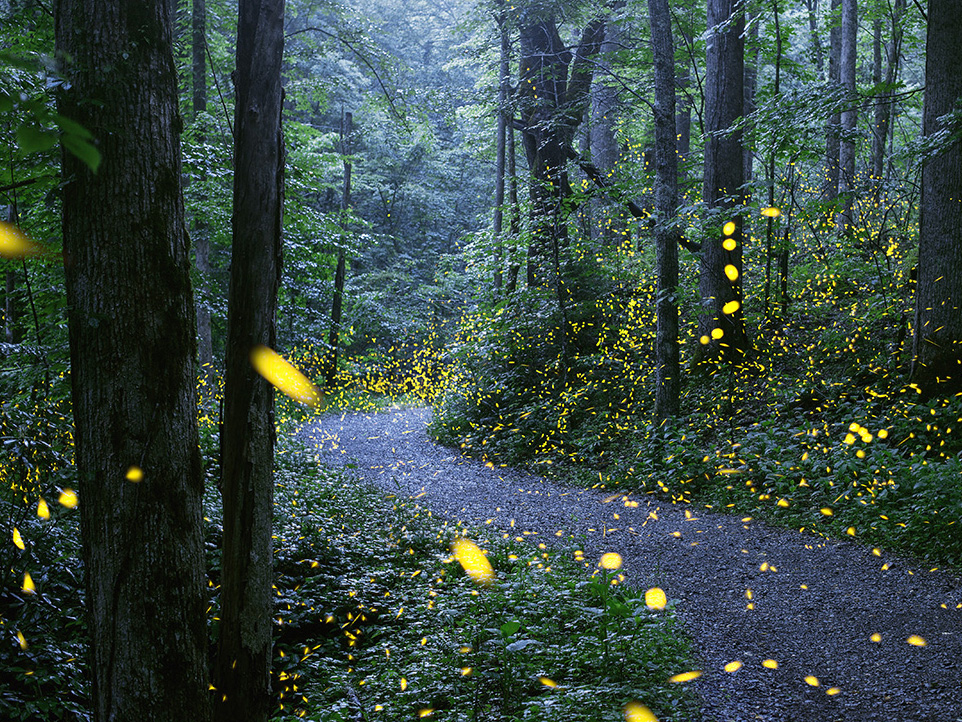
Growing our Outreach and Education Efforts
By providing webinars and training workshops for land managers, researchers, and community scientists.
(Photo: Radim Schreiber, fireflyexperience.org)

Protecting & Restoring Firefly Habitats
By identifying species-specific habitat needs and regional hotspots and providing guidance to land owners and managers.
(Photo: Emily May)
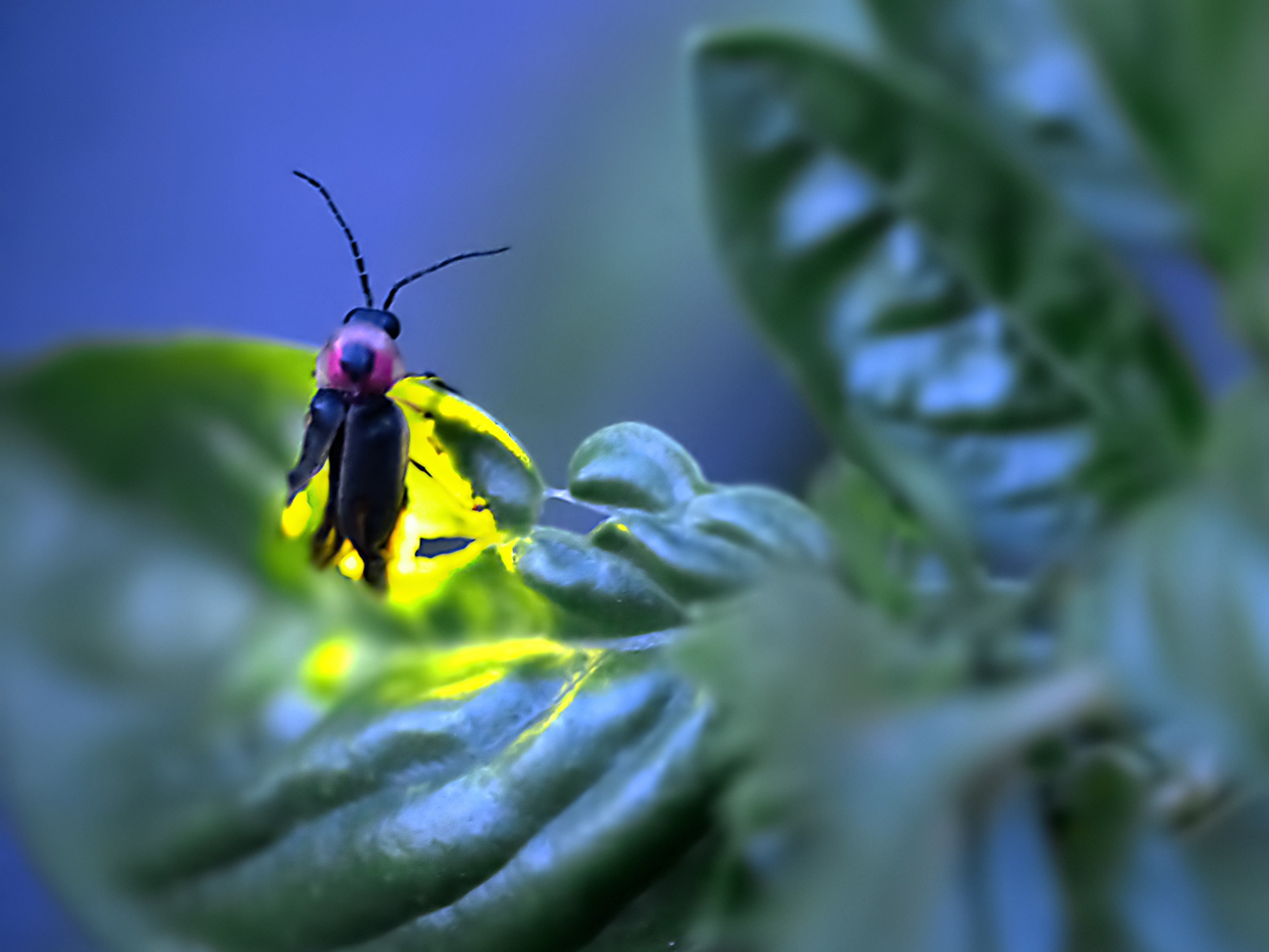
Raising Awareness of Fireflies and their Conservation Needs
By developing science-based educational resources and working with scientists, land managers, policy makers, and the general public.
(Photo: Radim Schreiber, fireflyexperience.org)

